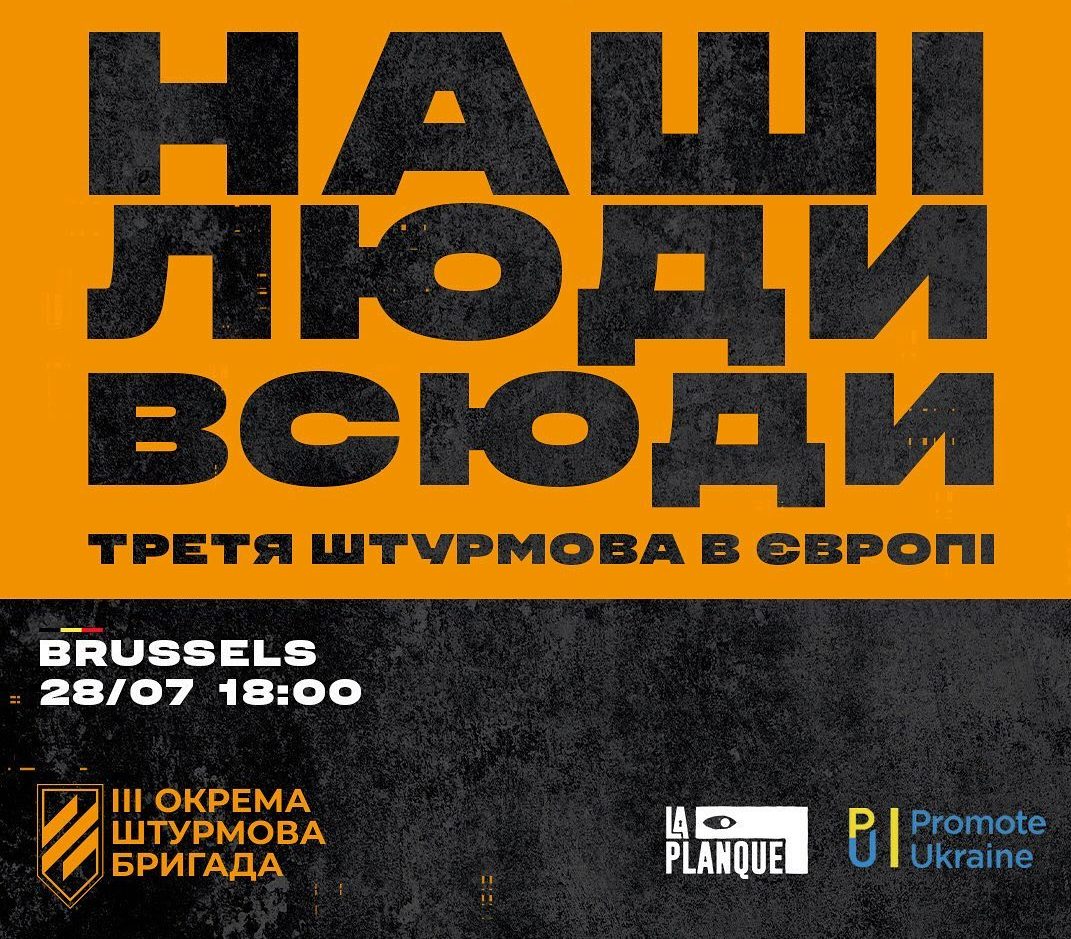Rallies in Russia have continued. They again have the same distinctive feature – ubiquity. The Open Media Group calculated the approximate number of protesters in Russian cities. The largest rallies took place in St. Petersburg, where up to 30,000 people took to the streets, Moscow – up to 15,000, Yekaterinburg – up to 13,000, Novosibirsk – up to 10,000, Krasnodar – up to 6,000, and Chelyabinsk – up to 5,000. St. Petersburg was undoubtedly the leader in terms of both quantity and action. This is generally logical. As it was noted on social networks, “evil spirits” have crawled from St. Petersburg, which means that the city will remove this dirt.
Violent Confrontations
It is quite obvious that cruelty is growing in confrontations with the authorities. Kremlin propaganda hints that “someone” is bringing in “specially trained” people, which causes only laughter – who brings in, and where exactly are terrorist fighters trained that all this passed by the formidable FSB? Usually, the opposite is true – the Russian special services organise the training of terrorists.
The tension is growing. Protesters on Sennaya Square in St. Petersburg have already been threatened with service guns. And a gun means that it is enough to pull it out and fire, as there is a risk that it will be taken away and used in the opposite direction. So, everything is approaching a critical level, despite the fact that nothing special is happening. There are clearly fewer people on the street than the punishers whom the authorities send to control them. The Kremlin’s fear is so high that the maximum possible human reserves are used.
On 31 January, those who were ready to protest peacefully took to the streets, but the concentration of radical people among the protesters is growing. There are those who are no longer afraid of terror. Even the use of stun guns and batons has little effect on the crowd. If the shooting starts, an additional factor will appear when, after the bloodshed, those who preferred not to go out will take to the streets. This social phenomenon is invariably repeated everywhere.
What Happens Next?
When the available personnel are no longer enough to contain rallies, which is quite possible, if “non-protesting” cities start to act in the regions, the Kremlin will be forced to use private punishers, like “biker-Cossacks” and others, on the streets.
This will immediately bring the situation to a supercritical level since the level of violence will increase sharply (mercenaries are simply not trained, and therefore they can act only beyond the permissible force).
As soon as the Kremlin authorities allow this public to control the streets, this will mark the beginning of a resource crisis, followed by only one way – an increase in the level of violence up to the use of weapons.
Putin and Co. are afraid of neither Navalny, nor foreign reaction and sanctions, nor Nuremberg, nor NATO bases, nor the seizure of accounts in Switzerland, but of their own people. The very people who are constantly being lied to and who are intimidated by terror, physical violence, or criminal cases.
Columns of the Russian National Guard, amendments to articles of the Criminal Code, all these propagandists like Soloviev and Simonyan [representatives of the Russian media outlets] are the Kremlin’s fear, generated not by what ordinary people can do with “them,” but by what “they” do with ordinary people all this time. They are aware of the depth and content of the pit they dug under the country, under the future of Russia. The critically degraded leadership of the country with a completely unbalanced system of governance and stolen and exhausted resources is well aware that Russia is only one step away from the abyss. But will the people of Russia agree with this state of affairs?
Yuriy Fedorenko, analyst, public communication expert
The author’s opinion does not always coincide with the opinion of editorial staff






 UA
UA FR
FR DE
DE




